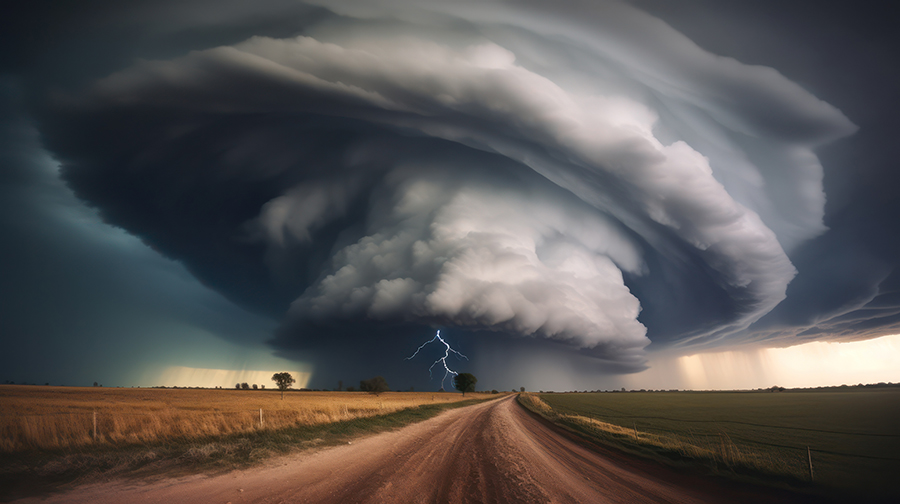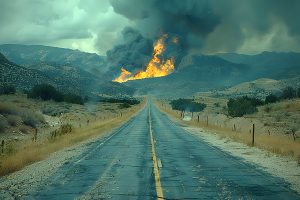Alberta storms caused record insurance losses in 2024
Brett McKay,
Local Journalism Initiative Reporter
Extreme weather events caused a record breaking $8 billion in insured losses in 2024, with the Jasper wildfires and Calgary hailstorm contributing nearly half of all insured damage in Canada.
Last summer ranked as the most destructive season on record, according to The Insurance Bureau of Canada. In July and August alone, Canadian insurers received 50 per cent more claims than are typically filed in an entire year.
A hailstorm in Calgary topped the list of most expensive catastrophic losses last year, generating $3 billion in damage, followed by $2.7 billion in insured losses related to Hurricane Debby in Quebec and $1.1 billion in losses during the Jasper wildfires.
“The unfortunate reality is, we are seeing a significant increase in the frequency and size of extreme weather events: things like wildfires, storms, hail, storms, floods. And here in Alberta, unfortunately, we’ve been punching above our weight class in an area we don’t want to be,” said Aaron Sutherland, IBC’s vice-president of Pacific and Western regions.
From the 2011 fires in Slave Lake to the 2013 flood to 2016 fires in Fort McMurray, Alberta has been the site of over half of the ten costliest extreme weather events in Canadian history.
As climate change intensifies fire weather and destructive storms in the province, Albertans have also been hit with a near doubling of the price of home insurance over the last decade.
Between 2014 and 2024, the average annual amount of insurable damages in Alberta increased by 495 per cent, and the cost of the average home insurance premium is now 90 per cent higher, according to an analysis from My Choice Financial.
“Insurance is complicated, but at its heart, insurance is about pricing risk. And so the more we can do to reduce that risk, we’ll better ensure the affordability and sustainability of the insurance marketplace moving forward. And the tools are there,” Sutherland said.
For wildfires, these tools include firebreaks, fire guards and FireSmart community guidelines. For floods and hail damage, preventing damage comes down to updating building codes, “to ensure that we’re rebuilding and building in the first place with hail resisting roofing and siding and things of that,” he said.
IBC is calling on all levels of governments to invest in climate defence to protect infrastructure and property from increasingly common disasters.
“Canada is clearly becoming a riskier place to live, work and insure. As insurers price for risk, this increased risk is now impacting insurance affordability and availability. Canadian governments must be more proactive to properly manage and mitigate risk,” IBC Vice-President Craig Stewart said in a statement.
Brett McKay,
Local Journalism Initiative Reporter
St. Albert Gazette





